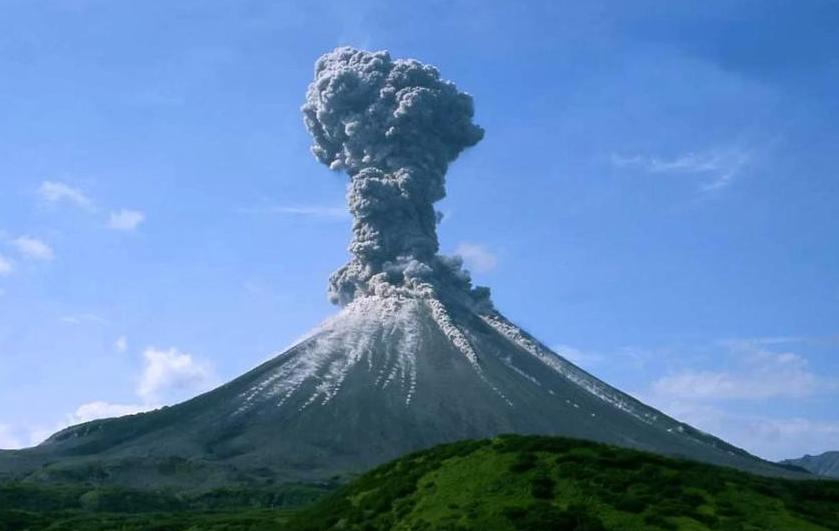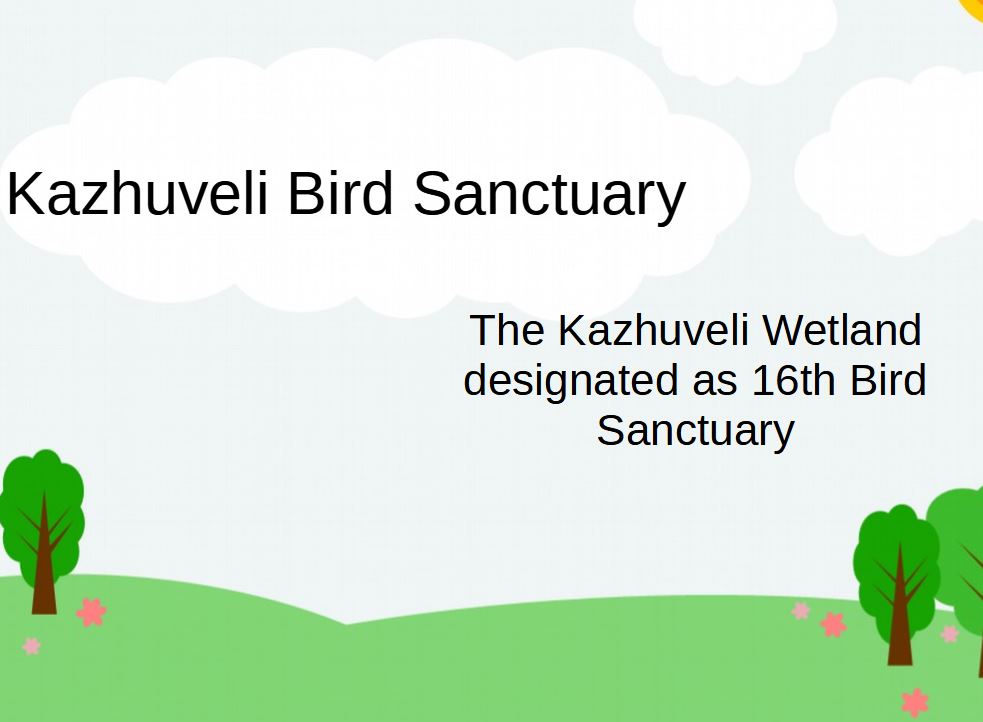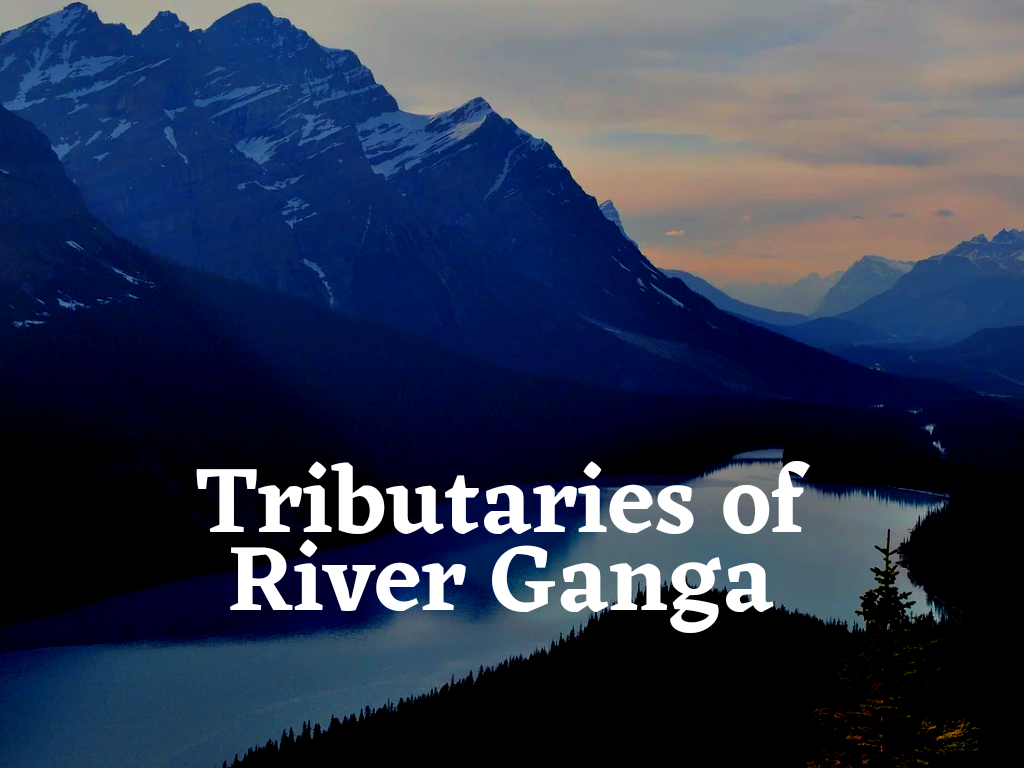Updated By: LatestGKGS Desk
Volcano definition, states, and their types

Volcano formation, states, and types
A volcano is a conical hill or mountain formed by material from the mantle being forced through an opening or vent in the Earth's crust.
Volcanoes are found in three states - extinct, dormant and active. An extinct volcano will never erupt again. A dormant volcano has not erupted in 2000 years. An active volcano has erupted recently and is likely to erupt again.
There are three main types of the volcano - composite or strato, shield, and dome.
Composite Volcanoes
Composite volcanoes, sometimes known as stratovolcanoes, are steep-sided cones formed from layers of ash and [lava] flows. A pyroclastic flow is a superheated mixture of hot steam, ash, rock, and dust. When composite volcanoes erupt they are explosive and pose a threat to nearby life and property. Eruptions are explosive due to the thick, highly viscous lava that is produced by composite cone volcanoes. This viscous lava has a lot to do with why they are shaped the way they are. The thick lava cannot travel far down the slope of the volcano before it cools.
Shield Volcanoes
Shield volcanoes are low with gently sloping sides and are formed from layers of lava. Eruptions are typically non-explosive. Shield volcanoes produce fast flowing fluid [lava that can flow for many miles. Eruptions tend to be frequent but relatively gentle. Although these eruptions destroy property, death or injury to humans rarely occurs. Shield volcanoes are usually found at constructive boundaries and sometimes at volcanic hotspots. Examples of shield volcanoes include Mount Kilauea and Maunaloa on Hawaii.
Dome (Acid Lava Cones)
Acid [lava] is much thicker than [lava] which flows from shield volcanoes. Dome volcanoes have much steeper sides than shield volcanoes. This is because the lava is thick and sticky. It cannot flow very far before it cools and hardens. An example is the Puy de Dome in the Auvergne region of France which last erupted over 1 million years ago.


